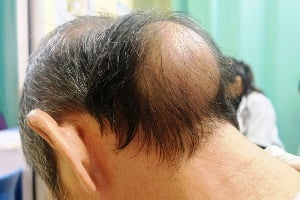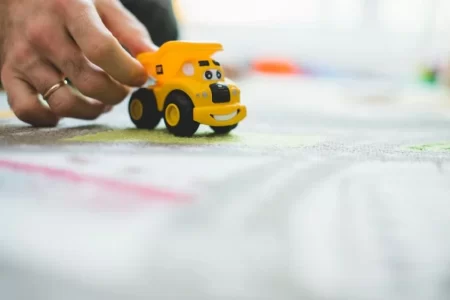Reducing Children’s Fear of Medical Procedures
- Updated on: Mar 7, 2025
- 2 min Read
- Published on Mar 7, 2025

Picture a small child, a favorite teddy in his or her arms, nervously entering a hospital room. Instead of the standard antiseptic odor and ominous medical equipment, however, there is laughter, small band-aids on a cluster of stuffed animals, and smiling “doctors” to greet both the child and his or her best friend to a place where both will feel better. This is not a sweet moment in isolation—it is part of a growing trend to introduce children to medical environments.
What Exactly Is a Teddy Bear Hospital?
Teddy Bear Hospitals are specialized programs that enable children to learn about medical procedures in a safe and familiar environment. Medical students or senior healthcare solutions in which children bring a favorite toy to have a “check-up” given. With play being central, children feel free to role-play as a caregiver and sit in and assist as their plush toy is given mock treatments.
How Play Assists Children in Processing Fear
Play is a children’s vocabulary—it is how children see the world. A doctor’s office is a threatening place, but turning it into a pretend game is something different. By pretending with their stuffed animals, children can work through their fear in a way that is instinctive. When they see their teddy bear have a pretend injection and “not cry,” it is a model for them.
This kind of play therapy actually reduces stress levels, making future medical appointments much less intimidating. Once a child is familiar with what will be happening and has already practiced a version in a soothing, fun environment, their anxiety starts to dissipate.
The Great Benefits—Parents and Medical Professionals
Children are not alone in being assisted by Teddy Bear Hospitals. Their parents struggle with their child’s apprehension about going to the doctor. These programs give families resources to continue the conversation in the home, reinforcing a positive understanding of medical care.
Healthcare providers notice this difference as well. When children arrive for a real appointment with a relaxed state of mind, everything is smoother. Less resistance, fewer tantrums, and a compliant patient all contribute to a big difference in their level of care.
How to find a Teddy Bear Hospital event
Many children’s hospitals, schools of medicine, and community organizations have Teddy Bear Hospitals. If you are not sure where to start, pediatric healthcare providers or schools of medicine can be a good place to begin. Some schools actually include such programs in early childhood education curricula to give children a positive first experience with healthcare.
Bringing Home the Concept
Even without access to a real event, you can recreate a similar experience in your own house. Set up a pretend doctor’s office for your child’s favorite toy animals. Use toy medical kits, simplify procedures, and have your child in control as the doctor. The more familiar your child is with healthcare, the less intimidating it will be. Just as senior healthcare solutions focus on making healthcare accessible and comforting for older adults, these programs ensure that even the youngest patients feel cared for in a way that makes sense to them.
Hospitals and healthcare settings can be overwhelming for anyone, but for children, that anxiety can be overwhelming. Teddy Bear Hospitals make scary things manageable—even enjoyable.












